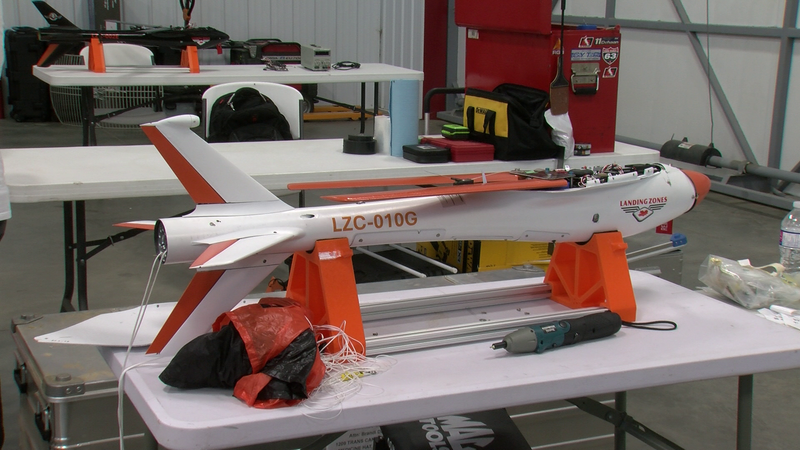
Medicine Hat company aims to solve weather balloon waste with reusable drones
Landing Zones Canada, based in Medicine Hat, is looking to solve the major e-waste problem of single-use weather balloons.
The balloons, known as radiosondes, are used to measure weather conditions.
Over 22,000 weather balloons go up each year in Canada and fall back down as litter, making it Canada’s largest e-waste contributor from the federal government.
